Aah, Black Friday … Sure you could shop until you drop, but why not put your feet up and take it easy in true femme fatale style? (Besides, all that decadent face-stuffing yesterday was a tad exhausting.) While lounging, pay tribute to one of our favorite bad girls: the incomparable Miss Gloria Grahame, who could play a vixen like no one else and who courted scandal off-screen as well.
She was born today (Nov. 28) in Los Angeles in 1923. She died on Oct. 5, 1981.
Such is our devotion that a while back we decided to honor Ms. Grahame with her own special day (in addition to her b’day because one day was simply not enough) and we invite you to revisit our praise by reading this little ditty: http://www.filmnoirblonde.com/fnb-proclaims-gloria-grahame-day-july-13/ You will also find links to several GG film noir classics.
Enjoy!
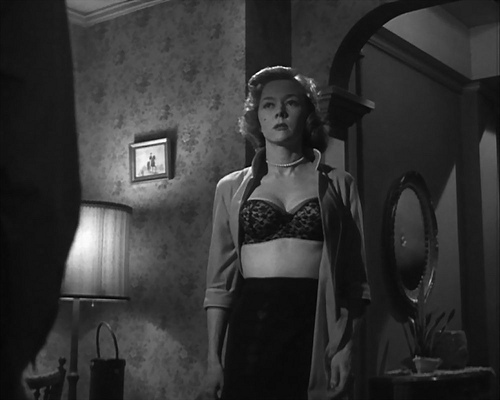





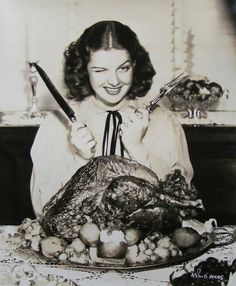
![NC13_Teaser[1]](http://www.filmnoirblonde.com/wp-content/uploads/2014/11/NC13_Teaser1.jpg)
![Dark-crimes-film-noir-thrillers-volume-2-dvd_360[1]](http://www.filmnoirblonde.com/wp-content/uploads/2014/11/Dark-crimes-film-noir-thrillers-volume-2-dvd_3601.jpg)
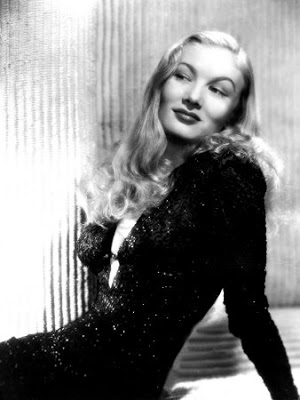
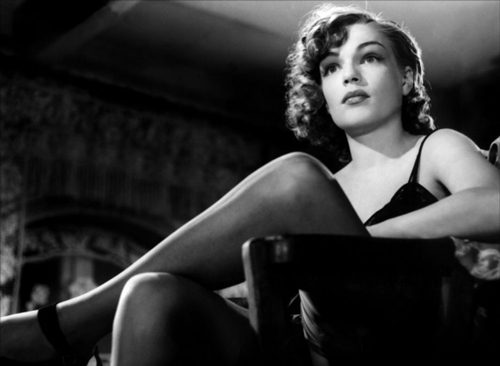
![The-Art-of-Noir-The-Posters-and-Graphics-from-the-Classic-Era-of-Film-Noir-by-Eddie-Muller[1]](http://www.filmnoirblonde.com/wp-content/uploads/2014/11/The-Art-of-Noir-The-Posters-and-Graphics-from-the-Classic-Era-of-Film-Noir-by-Eddie-Muller1.png)

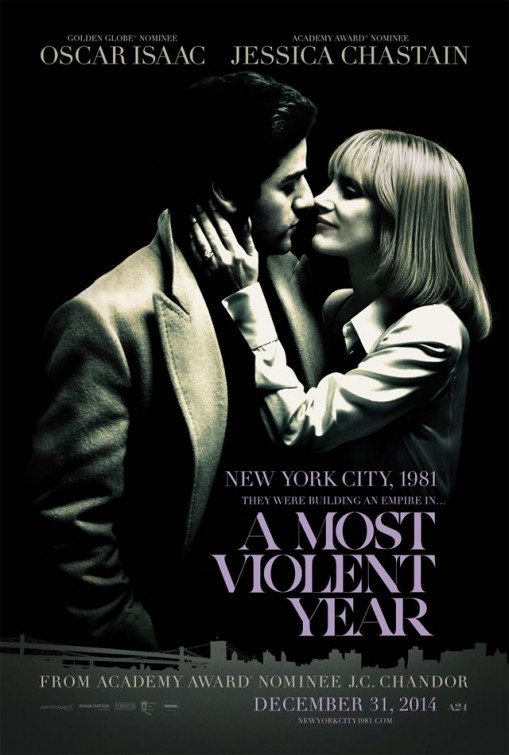
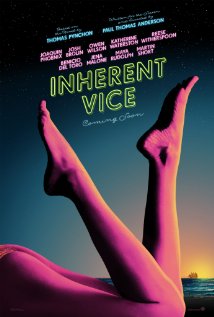
![sophia-loren-afi-tribute[1]](http://www.filmnoirblonde.com/wp-content/uploads/2014/11/sophia-loren-afi-tribute11.jpg)
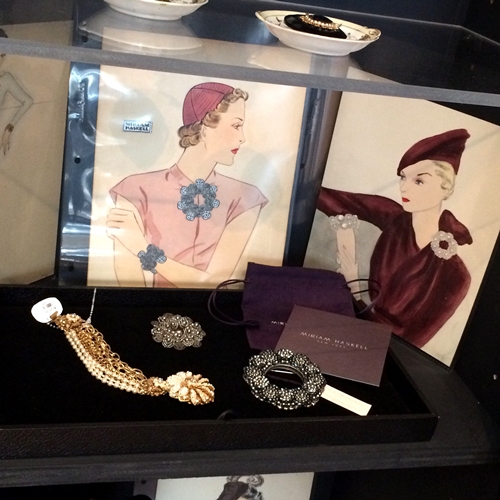
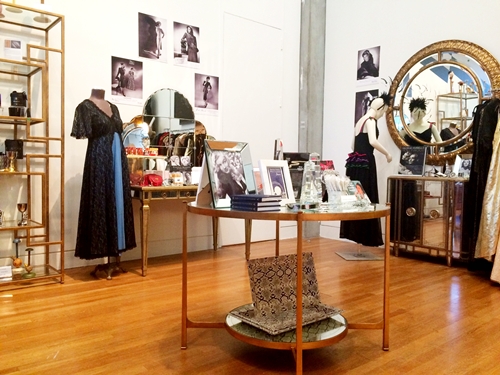
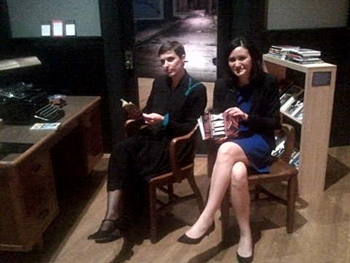
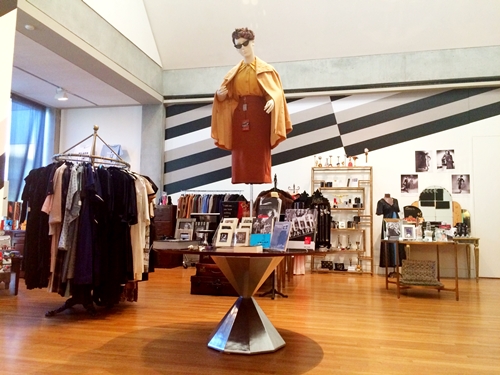
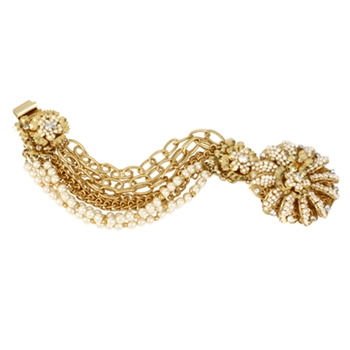
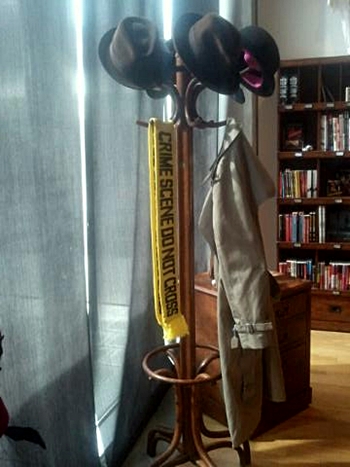
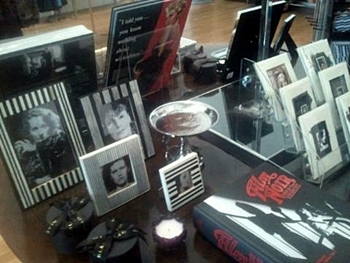
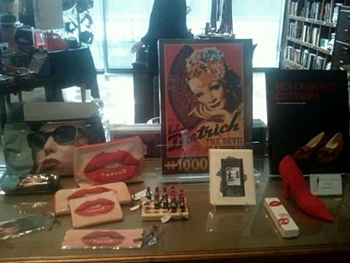





From FNB readers